If you have a website, own a business, or do anything with digital marketing, you probably know about SEO. Search Engine Optimization. In most cases, what it really means is using strategies to show up in Google search results. When you show up on Google for the right keywords, you show up to your customer base—A.K.A. jackpot.
What I’ve heard a lot from folks is “SEO magic.” “Work your SEO magic.” Etc.
People see it as this complicated mystery with a black hole of unknowns too overwhelming to address. The thing is—it’s a lot less complicated than people think.
In most cases, if you like the look of your site and you’re being authentic, then you’re already halfway there. From there, just a little extra strategy can put you on the right track to reaching more adventure-loving hikers, rock climbers, trail runners, surfers, and other explorers.
If you’re trying to get a slice of that pie, this post is for you.
Why SEO for the Outdoor Industry?
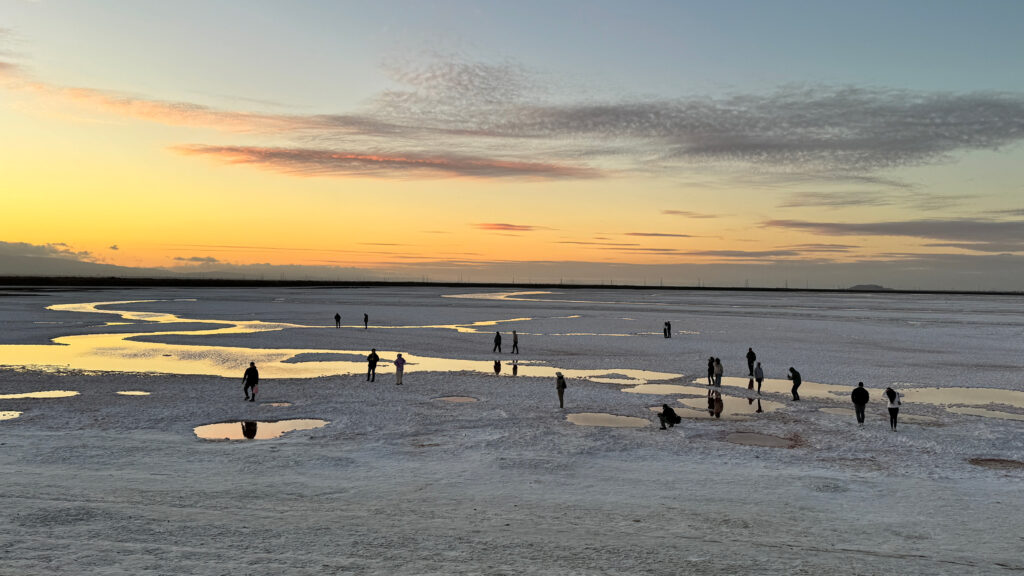
If you Google (side note: remember when “Google” wasn’t a verb?) “rock climbing in Southern California,” some of the first pages that come up include a short informative page from Long Beach State University, a blog post about it from Rock Climb Every Day, some climbing guidebooks for SoCal, Mountain Project, and a Google map of local rock climbing businesses in Southern California.
So, how is it that out of over 11 million results, these specific pages appear first?
The short answer is the Google algorithm.
The longer answer is that the algorithm uses a set of criteria to choose what it thinks will be the most relevant and helpful results.
With SEO, you’re gaming the system to give your site a higher chance of getting chosen.
So why is this important for the outdoor industry? In short, everyone uses search. It can be a gold mine for getting your ideal customers coming to your site without constantly paying for ads. Plus, especially for the outdoor world, there are a lot of topics people are searching for that don’t have a ton of competition, which means you can get high on search results without being a huge, high-performing site.
That being said, SEO isn’t a “get rich” quick marketing scheme, and it’s not an exact science. There’s no perfect equation of, “X amount of new traffic=Y amount of new sales.” While it’s no more complicated than say, marketing in general or running a business, it can be a “trust the process” sort of thing.
The Golden Rule: Hold onto the Outdoorsy Heart, but Add an SEO-Centered Spark
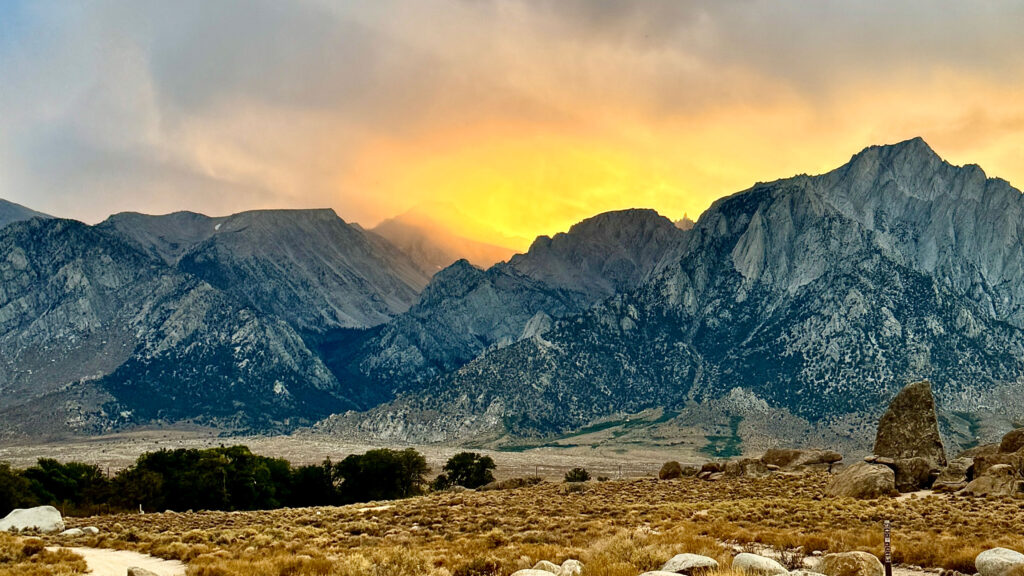
When it comes to improving your website’s SEO, remembering that your brand is first and foremost for people who love being outside is where I always start. What I’ve found hits home for many people in the outdoor industry (myself included) is any SEO or SEM (or any marketing scheme, really) isn’t worth losing the brand’s integrity over.
You don’t have to lose your brand’s uniqueness to get onto Google. However, that doesn’t mean you can ignore what your ideal customer is searching for on Google.
SEO for the outdoor industry, to me, means finding a balance between addressing Google’s requirements and keywords without becoming fake or disingenuous. At the end of the day, your site is not for Google—it’s for the smart, quirky, fun folks who want to be outside in nature and want your help to do it.
Don’t Over-Complicate: The Basics
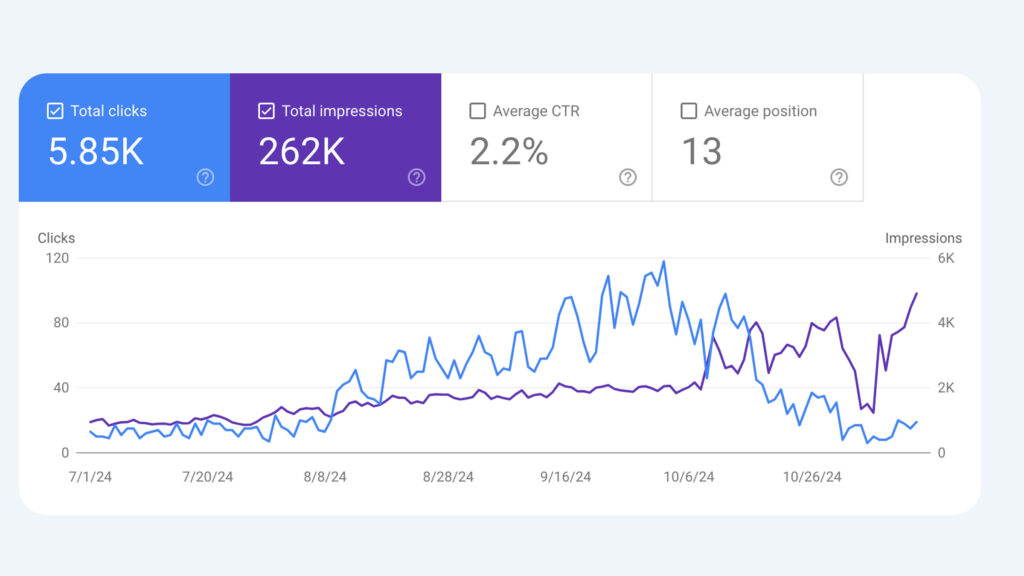
You can easily make SEO complicated with rules, best practices, and analytics, but you don’t have to. At the heart, SEO is just about making your website a good, easy to use resource for people. In fact, you can narrow most of SEO strategy down to three aspects: site health, site content, and authority.
1. Site Health (The Technical Stuff)
Site health is the most complicated of SEO. It digs into technical aspects like site speed, site structure, and what your site is telling Google. If something is significantly wrong with your site, you’ll be looking at this. In many cases though, this stuff will be set up when you first build your site and it won’t be a huge part of your long-term SEO strategy.
2. Site Content (Keyword Stuff)
This is often the bulk of most SEO strategies. Think blog posts, keyword choices, and written content on category pages. Your on-page site content is where you can often have the largest, most direct impact on your search engine traffic. Publishing new, well-written, and useful content like blog posts, e-books, articles, or products is often what will get you more views from Google and in turn, more clicks from interested visitors.
You’ll choose keywords that have high search volume and match your business, then tailor your website content around those keywords. A common strategy that many SEO experts use is called “hub and spoke,” where you have maybe 1-5 primary keywords or topics that act as your “hubs” and then build off those hubs with smaller, more specific keywords.
For example:
Let’s say you have a luxury van conversion company. Your single most important “hub” keyword might be something like “Luxury Van Conversions.” On top of that, you might also have some other related content hubs like “vanlife” or “camper vans.”
Below those hubs, you could get into more specific keywords that you’d target in blog posts or other content such as “luxury sprinter van conversions,” “camper van parking,” “vanlife festivals,” “conversion van shower ideas,” and so on.
3. Authority (The Off-Page Stuff)
On top of having a good site with useful content, authority is the third piece to the puzzle. Google prioritizes websites that it thinks are authorities on the subject. Part of that has to do with your website’s name and the amount of content you have on the subject (a website titled “fishing.com” that writes all about fishing, will have a high authority on fishing topics, but it won’t have a high authority on van conversions).
Another part of that has to do with other websites linking back to your site. If Google sees other sites linking back to yours as a source, it’s going to give you a higher authority because other sites are looking to you as an authority.
The higher your site’s topic authority, the better chance you have at Google choosing your content for related keywords.
Tracking Results and Updating
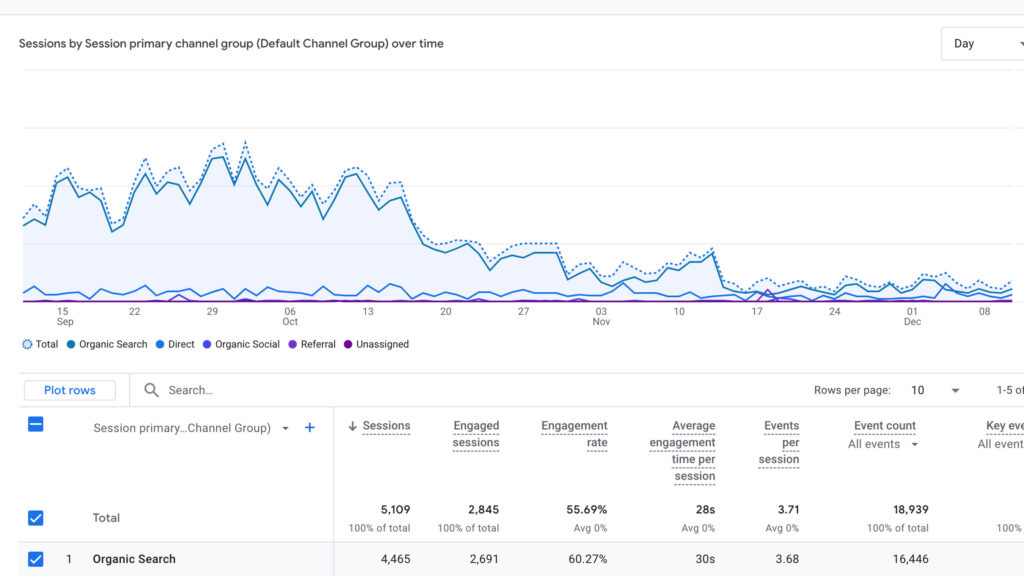
The final trick with SEO is that it’s not a “set it and forget it” type thing. The intricacies of SEO are constantly changing because Google’s algorithm is constantly changing. While the key basics mostly stay the same, rankings change.
Plus, how your site performs should help inform future content so you can build on what’s doing well and improve or steer away from what isn’t.
Choose a Strategy That’s Manageable for You
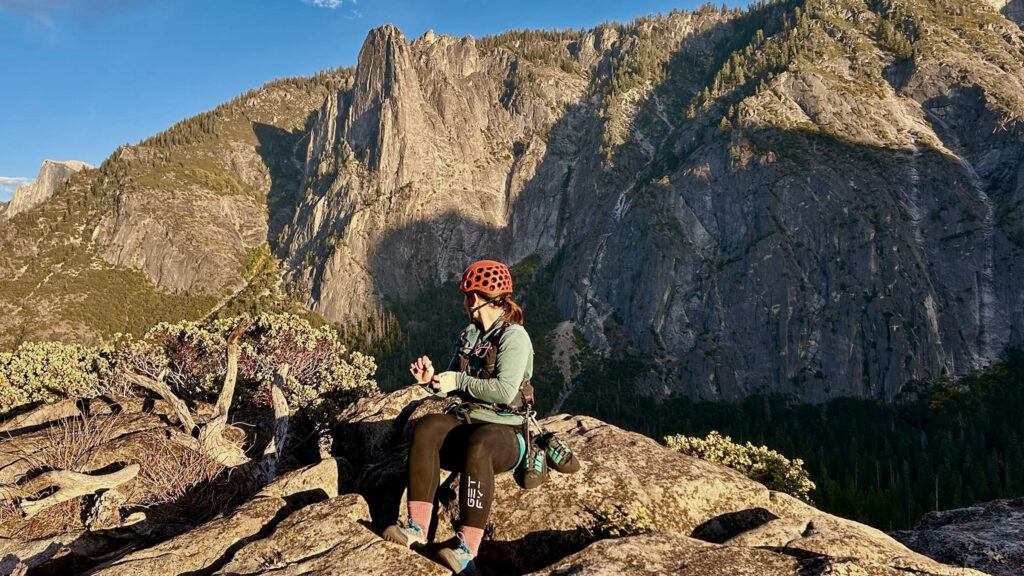
If this whole strategy of posting and updating regular content, tracking performance, and building authority sounds a bit overwhelming, you’re definitely not alone. Especially if you’re a small business owner or a one-person show, SEO for your site probably isn’t your biggest priority. THAT’S OKAY.
Should it be something you’re thinking about? Absolutely. But you can address it in a way that is still manageable for you. For example, keeping it to a solid base website with no blog, but optimized category content or posting one SEO-friendly blog post per month.
Keeping your SEO strategy small will mean that the growth won’t be as quick, but with SEO, consistency, and longevity are key and the results will come if you keep it up.
If you can afford to get some personalized support either in the form of an SEO strategist or a blog writer, that can make a world of difference in supercharging your SEO performance.
Psst.. if you’re looking for some extra guidance or support, I can help! Get in touch.
Like this:
Like Loading...